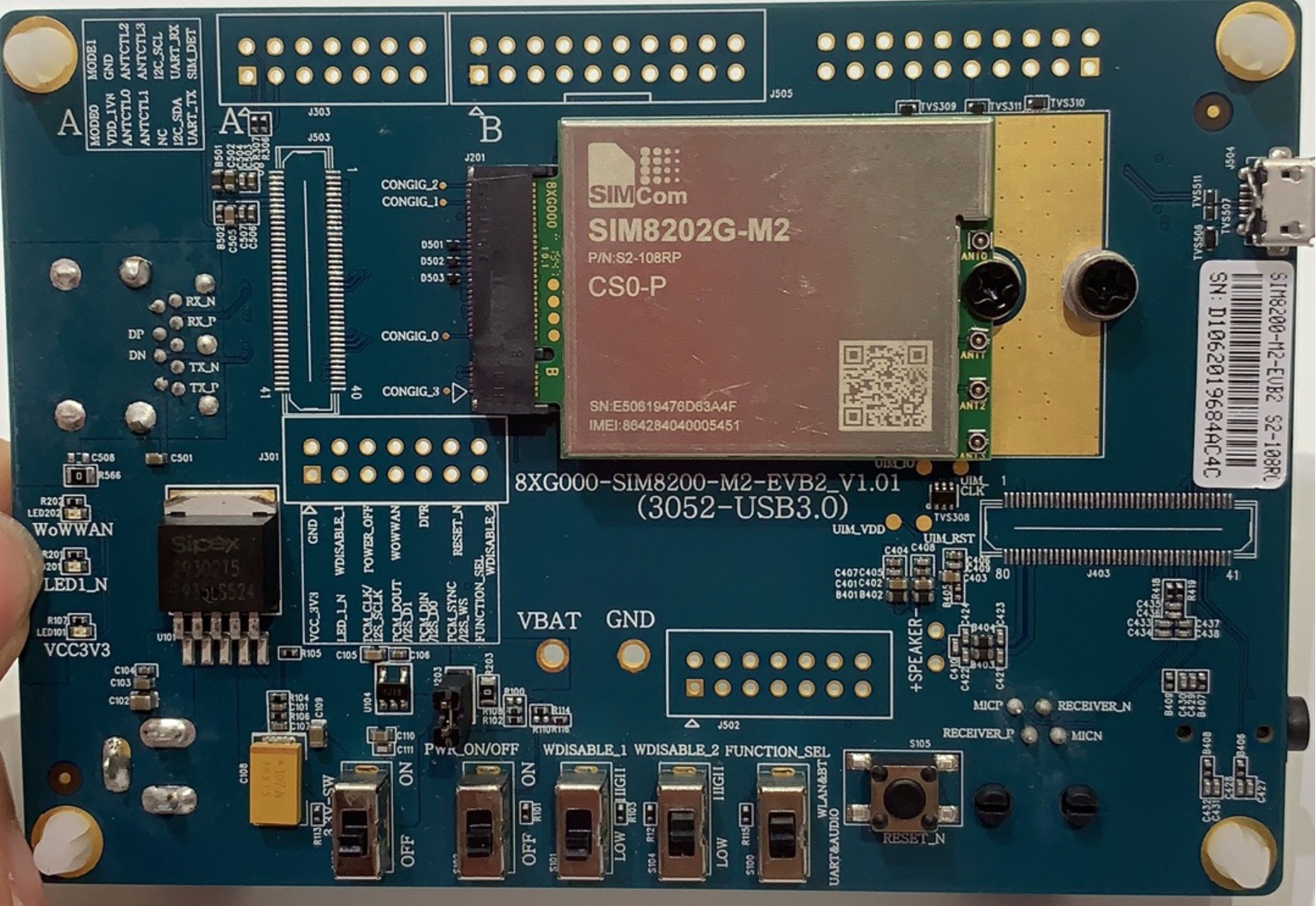Never heard of this Chinese company before.
from cnTechPost
Another ultra-small 5G module launched in China
2020-07-30 19:57:50 GMT+8 | cnTechPost
0
Chinese technology company SIMCom Wireless Solutions today introduced the SIM8202G-M2, an ultra-small 5G module that can be widely used in virtual reality and augmented reality, helping to create applications such as connected cars, industrial IoT, smart healthcare, and 4K/8K ultra-high-definition video.
The SIM8202G-M2 is a multi-band, small form factor 5G module that redesigns and integrates multiple devices.
It supports NSA/SA networking, covering the network bands of major operators worldwide.
It adopts a standard M2 interface, which is compatible with multiple communication protocols and has powerful expansion capability and rich interfaces, including PCIe, USB3.1, and GPIO.
SIM8202G-M2 adopts a new four-antenna design, which effectively enhances the communication capacity.
SIM8202G-M2 has an ultra-small package size of 30 * 42mm.
In order to ensure that the module can work steadily for a long time, SIM8202G-M2 takes into account the layout planning of the heat-generating devices to ensure that there are enough ground holes to the main ground level for the main heat-generating devices.
Earlier this month, China's first ultra-small 5G communication module, the AI-NR11, rolls off the assembly line at Changhong's Subsidiary Sichuan AI-Link, marking the 5G module's entry into the commercial phase.
The 5G module will be widely used in smart industry, smart energy, industrial robotics, healthcare, video security, drones, and other fields. The AI-NR11 5G module is designed to meet the stringent size requirements of ultra-small cameras and precision measuring instruments.


